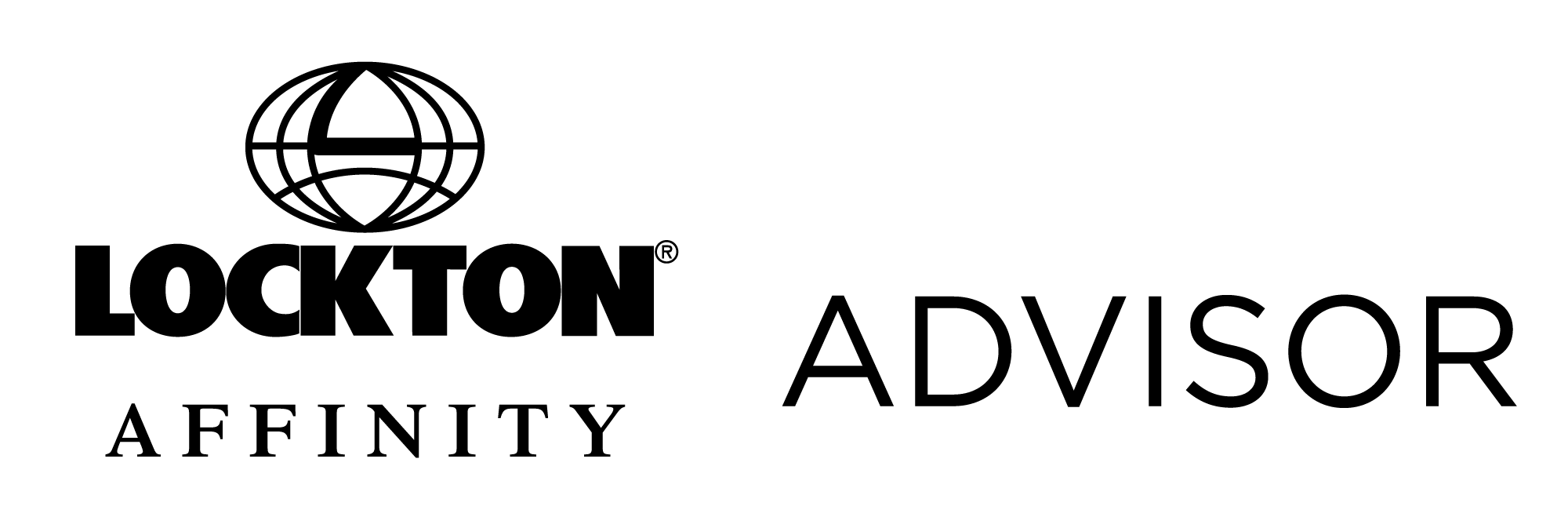More and more excessive fee lawsuits are claiming that retirement plan fiduciaries are overpaying for fees or mismanaging investments, but excessive fee reforms could be on the horizon.
Excessive fee lawsuits are concerning—not only due the high cost to advisors defending themselves from claims but also because of the unreliability of some litigation tactics and judicial standards.
Excessive fee lawsuits have the potential to seriously impede the financial industry, causing some insurers to view contribution plans as uninsurable. But fiduciaries are increasingly fighting back against meritless claims and calling for reforms.
As an advisor, it’s helpful to understand the relevant issues concerning regulators, courts and industry leaders and how reforms could benefit plan fiduciaries. Here are 4 key excessive fee reforms being put forward by industry leaders.
1. Regulators Must Establish a Uniform Standard of Care
Reformers say ERISA legislation was enacted to provide a comprehensive regulatory framework at the federal level that replaced state-by-state regulation. ERISA established a general standard of care for plan fiduciaries, but the current standard lacks specifics, allowing plaintiff law firms to establish ad-hoc negligence standards through their litigation.
The Department of Labor also does not require any of the following rules now being used in courts as a “test” for whether a fiduciary was negligent, including:
- That plans must engage in RFPs for recordkeepers every three years.
- That all plans have per-participant recordkeeping fees instead of a percentage of assets.
- That plans were prohibited from engaging in revenue sharing.
- That defined contribution plans be required to offer passive-only index funds.
As ERISA was enacted to ensure a uniform standard of care, regulators should act to reform the rules to give clarity.
2. Courts Must Apply Uniform, Rigorous Pleading Standards
Reformers note federal courts play an important role at the pleading stage of excessive fee lawsuits, but inconsistent rulings have allowed some meritless claims to survive a motion to dismiss and advance to discovery where plaintiffs have undue leverage to demand costly settlements.
The U.S. Supreme Court has considered the relevant issues:
- In Bell Atlantic Corp. v. Twombly, 550 U.S. 554, 557 (2007), the Court noted that allegations “merely consistent with” antitrust violations that were “just as much in line with” lawful behavior fail to state a claim for relief.
- In Ashcroft v. Iqbal, 566 U.S. 662, 678, 684 (2009) the Court stressed that Twombly provided the “pleading standard for ‘all civil actions.'”
- In Fifth Third Bancorp v. Dudenhoeffer, 573 U.S. 409, 425 (2014) the Court noted that motions to dismiss are “important mechanisms for weeding out meritless claims” and that Twombly and Iqbal govern fiduciary duty claims under ERISA.
In practice, some courts have applied the Twombly standard more rigorously, resulting in dismissals at the pleading stage. However, others have not, allowing allegations identical to those dismissed in other jurisdictions to proceed to discovery. Reform that applies one rigorous standard for all such cases is needed.
3. Courts Must Apply a Damages Cap and Limit Attorney Fees
Reformers believe some law firms have begun practicing a business model where meritless copy-cat cases are pursued in hopes of an easy settlement. Millions of dollars are spent to defend the cases, while damages of tens of millions may be imposed through settlement, with some claims as high as $200 million sought.
It’s notable that cases of serious wrongdoing, such as undue benefits and kickbacks, are very rare in excessive fee lawsuits and many cases are driven by a quest for high attorneys fees, which may amount to a quarter or third of large settlement. Reformers note the damages models claimed by plaintiffs don’t fit a claim of simple negligence and that courts must cap damages and limit attorney fees to rein in litigation.
4. Recordkeepers and Investment Providers Must Take Responsibility
Reformers note that excessive fee lawsuits are unusual in that it is the fiduciaries who are found responsible for the fees charged by their recordkeepers and investment providers. Under current rules, these industry leaders aren’t held liable.
Reforms could include recordkeepers being:
- Required to offer the lowest share class of funds available, certifying the offering as the lowest available.
- Held accountable under primary liability as the party that has received the fees alleged to be in excess.
- Responsible to return overcharged fees or offset future fees to fund alleged overpayments.
Conclusion
The issue of excessive fee lawsuits is frustrating for many retirement plan fiduciaries. But the situation is starting to change. Excessive fee reforms from regulators, courts and industry leaders may be on the way as fiduciaries push back. In the meantime, it’s important to make sure you’re covered with the right insurance.
At Lockton Affinity Advisor, we offer Errors & Omissions (E&O) Liability Insurance coverage that meets ERISA standards, including services as an ERISA 3(21) and 3(38) advisor, for your added protection and peace of mind. Lockton Affinity coverage can protect you against meritless excessive fee claims and more.

